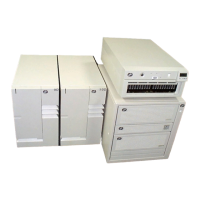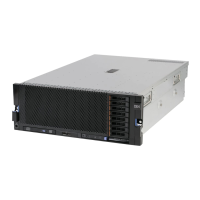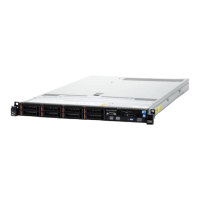Note: For a translation of this safety notice, see the
System Unit Safety Information
manual.
CAUTION:
Do not touch the receptacle or the receptacle faceplate with anything other
than your test probes before you have met the requirement in step 8.
1. Have the customer locate and turn off the branch circuit circuit breaker for the
customer power outlet. Attach tag S229-0237 to the circuit breaker switch, which
reads "Do Not Operate."
Note: All measurements are made with the receptacle faceplate in the normal
installed position.
2. Some receptacles are enclosed in metal housings. On receptacles of this type,
perform the following steps:
a. Check for less than 1 volt from the receptacle case to any grounded metal
structure in the building, such as a raised-floor metal structure, water pipe,
building steel, or similar structure.
b. Check for less than 1 volt from receptacle ground pin to a grounded point in
the building.
Note: If the receptacle case or faceplate is painted, be sure the probe tip
penetrates the paint and makes good electrical contact with the
metal.
c. Check the resistance from the ground pin of the receptacle to the receptacle
case. Check resistance from the ground pin to the building ground. The
readings should be less than 1.0 ohm, which indicates the presence of a
continuous grounding conductor.
3. If any of the three checks made in substep 2 are not correct, ask the customer to
remove the power from the branch circuit and make the wiring corrections; then
check the receptacle again.
Note: Do not use a digital multimeter to measure grounding resistance.
4. Check for infinite resistance between the ground pin of the receptacle and each
of the phase pins. This is a check for a wiring short to ground or a wiring
reversal.
5. Check for infinite resistance between the phase pins. This is a check for a wiring
short.
Note: For a translation of this safety notice, see the
System Unit Safety
Information
manual.
Chapter 2. System Installation 2-33

